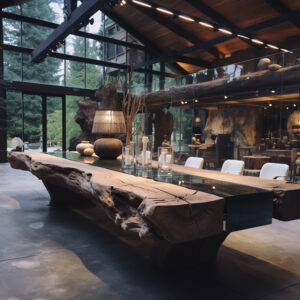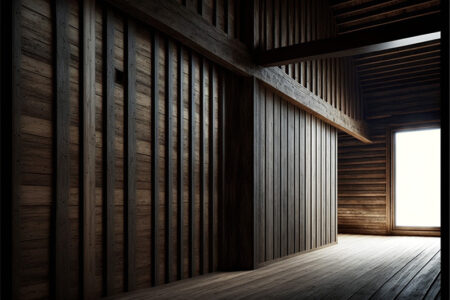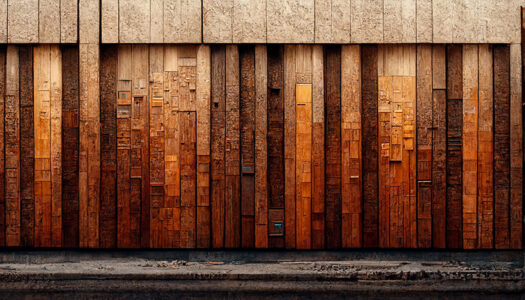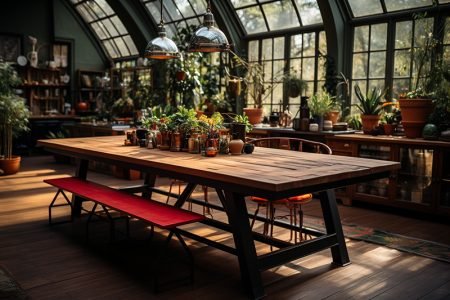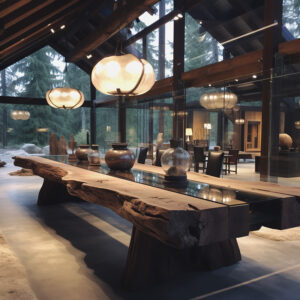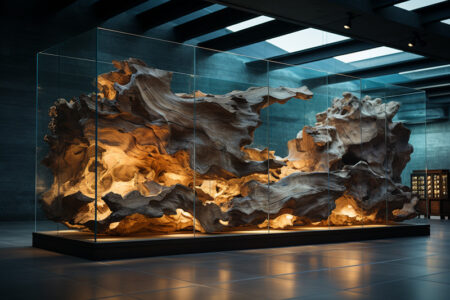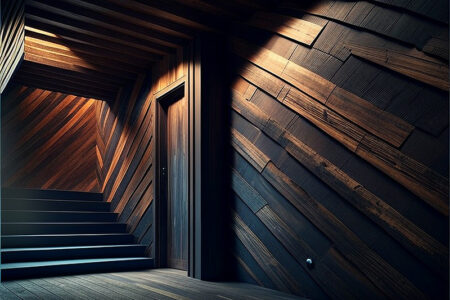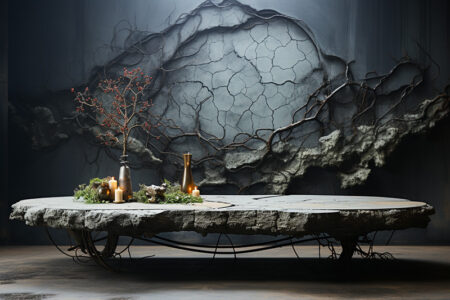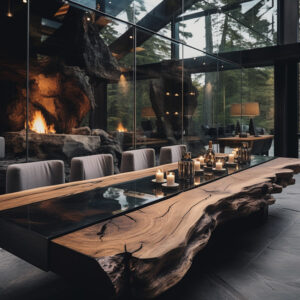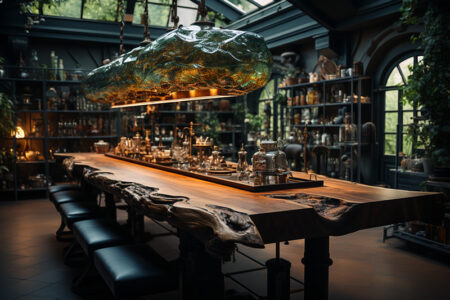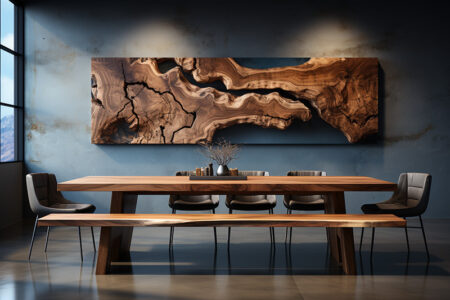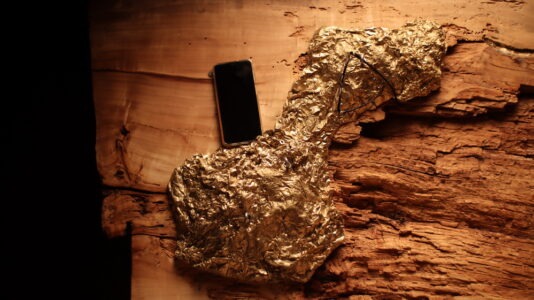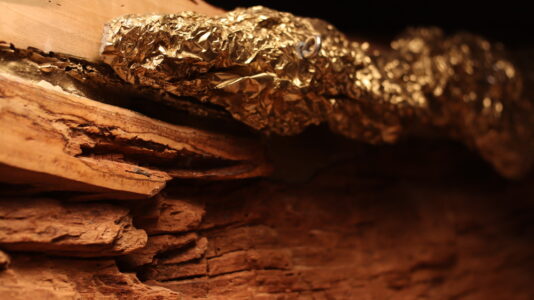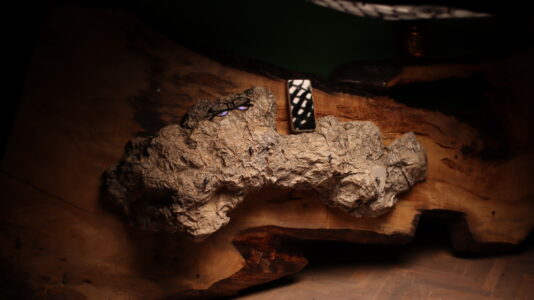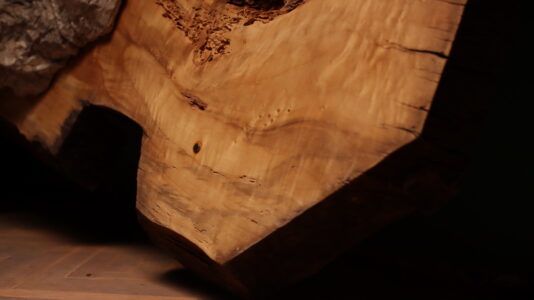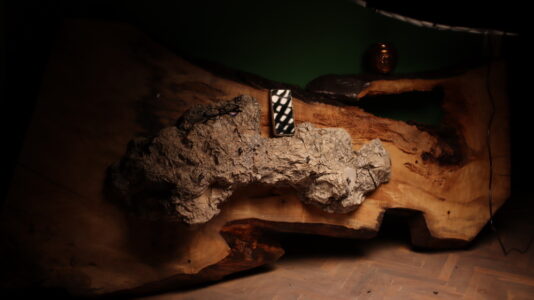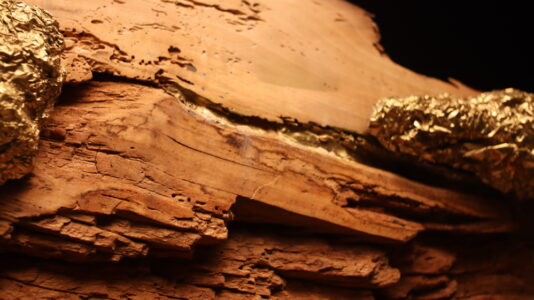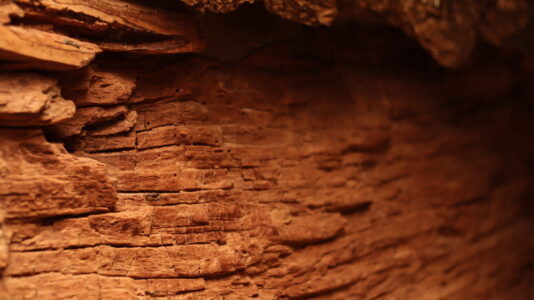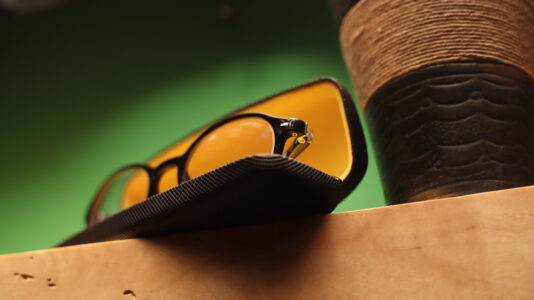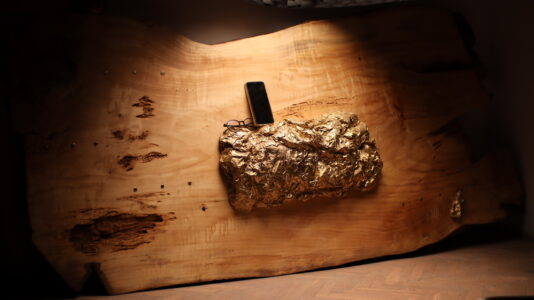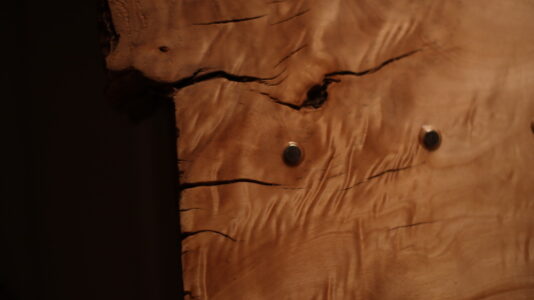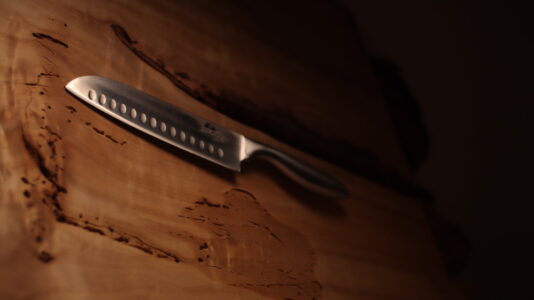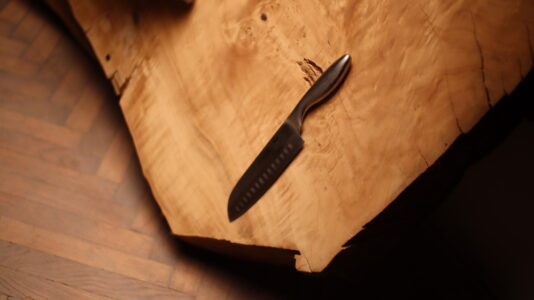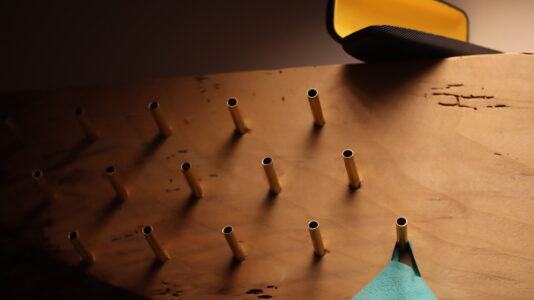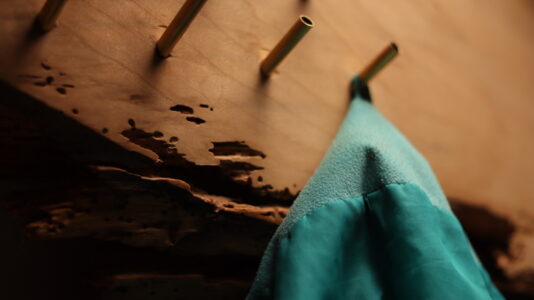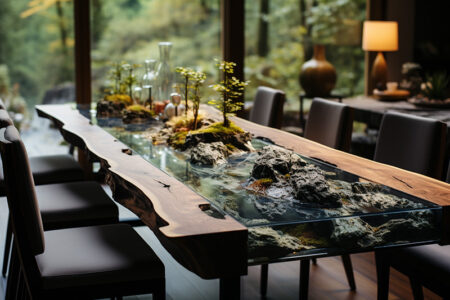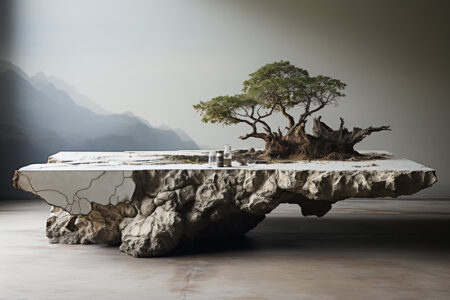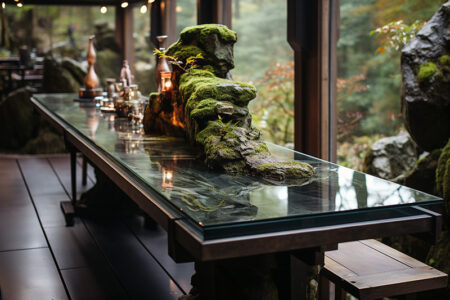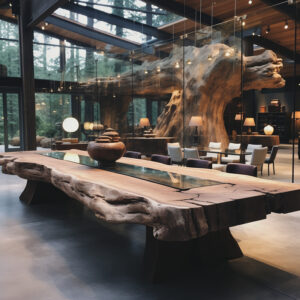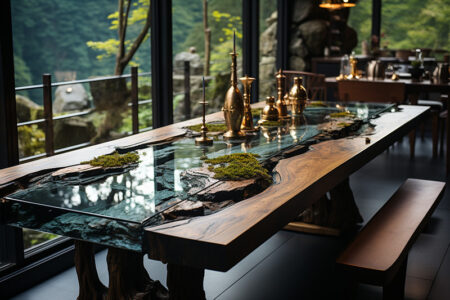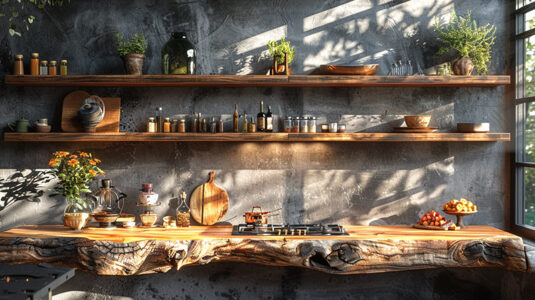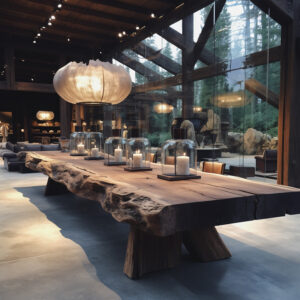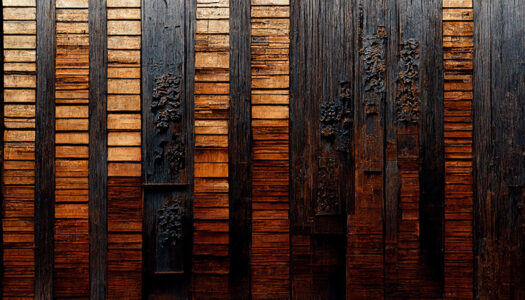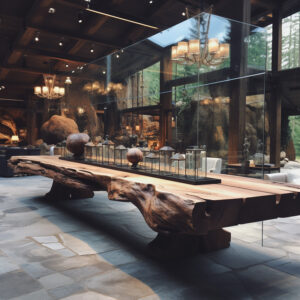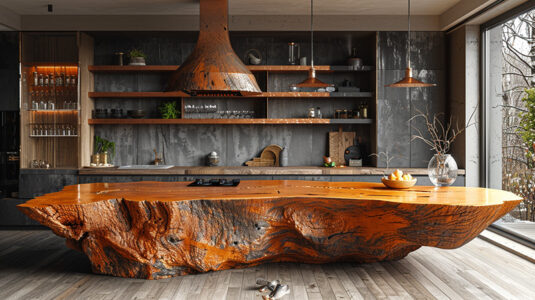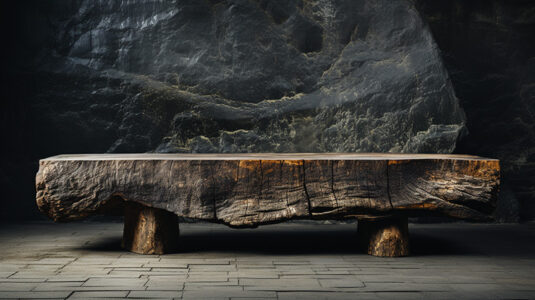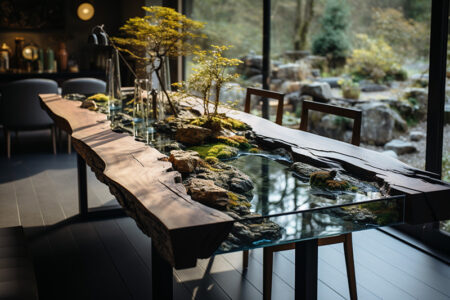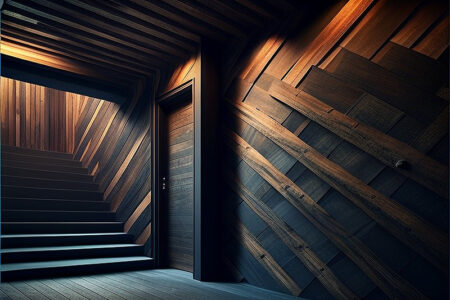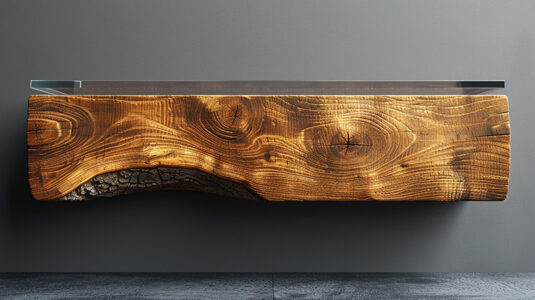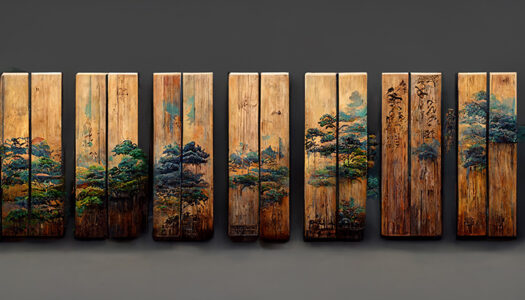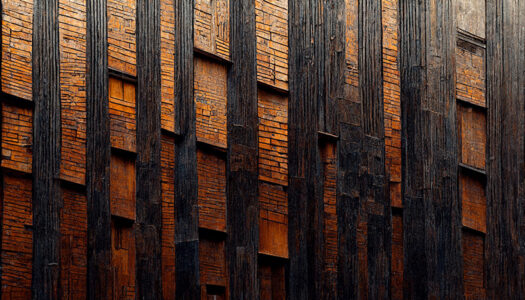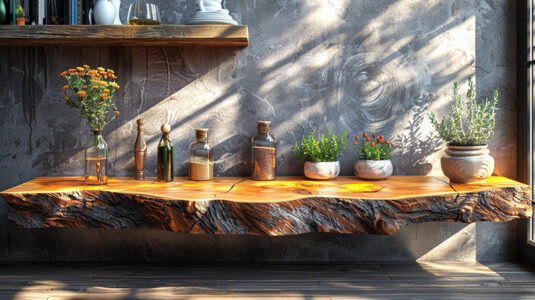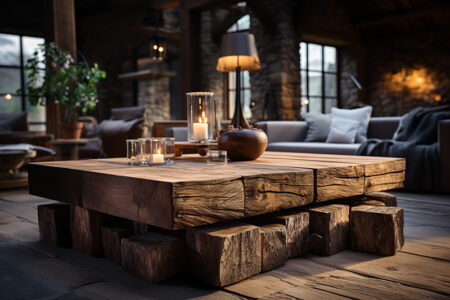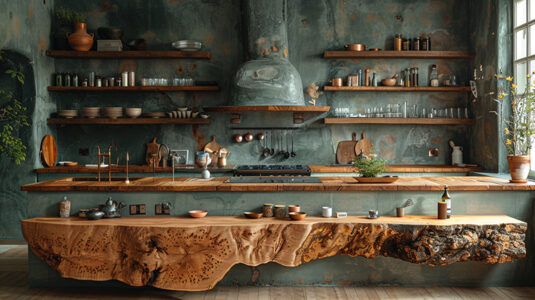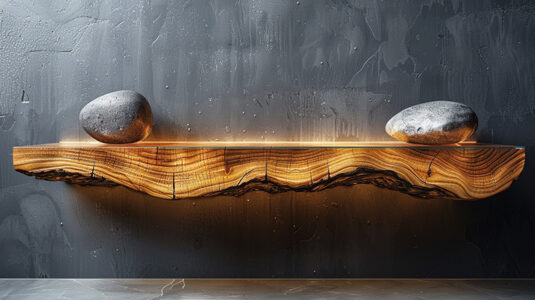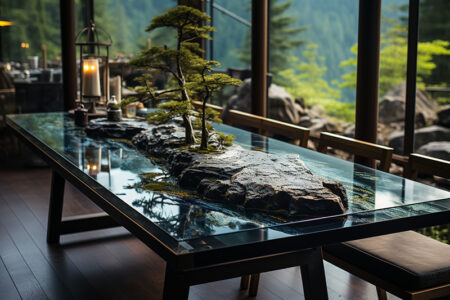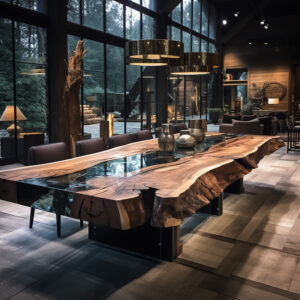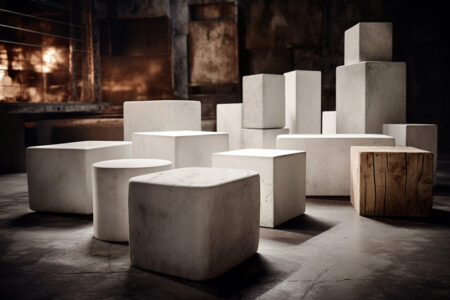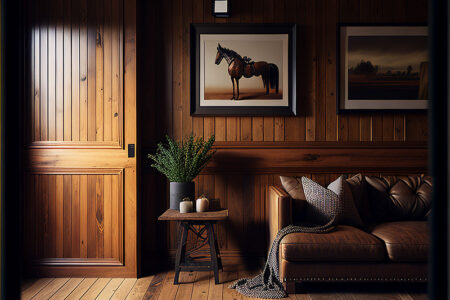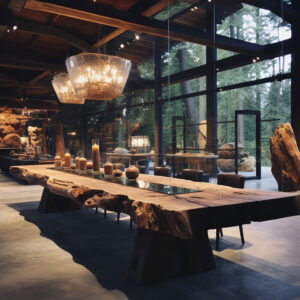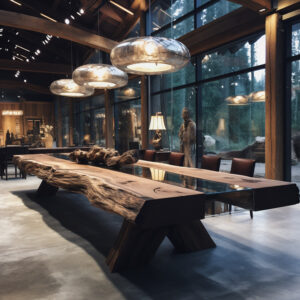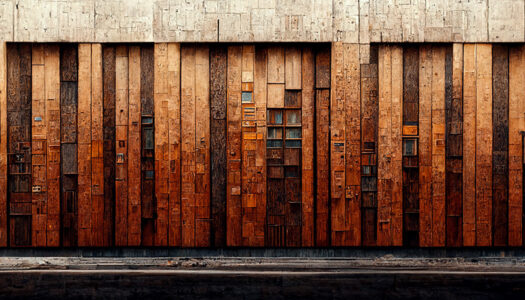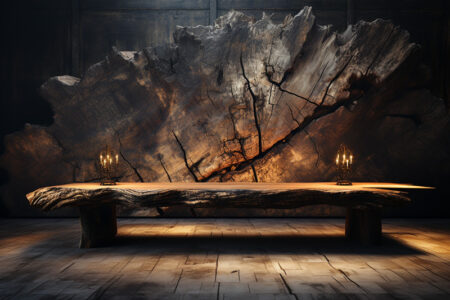What You Can Build with Thermally Modified Wood
(That You Can’t Trust Kiln-Dried For):
1. Luxury Outdoor Furniture
With kiln-dried wood, exposure to rain, sun, and temperature swings spells disaster. Warping, splitting, and decay are inevitable.
Thermally modified wood, however, compared to kiln dried wood thrives outdoors. It naturally resists water, pests, and rot—without any chemical coatings. Build luxury outdoor seating, pergolas, or statement dining sets that clients can leave outside year-round, knowing they’ll endure just way better.
2. High-End Decking and Cladding
Kiln-dried wood might look good when installed, but after a few seasons, it tells a different story. Boards curl, gaps form, and the wood becomes a magnet for mold and insects.
Thermally modified wood stays dimensionally stable and rot-resistant. Create sleek, modern decking and exterior cladding that maintains its shape and color for decades, adding immense value to homes and commercial spaces.
3. Bathroom and Spa Interiors
Humidity is kiln-dried wood’s worst enemy. Steamy bathrooms, saunas, and spa environments can cause swelling, cracking, and mold growth in untreated wood.
Thermally modified wood is a game-changer for moisture-heavy spaces. Imagine crafting beautiful wood paneling, vanities, or benches for spa interiors that can withstand constant humidity without losing their shape or charm.
4. Exquisite Kitchenware
Bowls, cutting boards, and utensils crafted from kiln-dried wood often require finishes to prevent water damage. Even then, over time, they can absorb moisture, crack, or grow bacteria.
Thermally modified wood is naturally more resistant to water and such, making it perfect for premium kitchenware that combines practicality with stunning aesthetics.
5. Bold, Large-Scale Tables
Kiln-dried wood often fails in larger projects because of its tendency to bow or crack as it adjusts to its environment.
With thermally modified wood, you can confidently create grand dining tables, conference tables, or communal benches that hold their shape—even in climates with extreme temperature fluctuations.
6. Eco-Friendly and Sustainable Products
Clients are demanding more sustainable, chemical-free options. Kiln-dried wood often relies on treatments to resist rot and pests, adding an environmental cost.
Thermally modified wood is entirely natural. Build eco-conscious designs like furniture, flooring, or even toys for clients who care about the planet as much as they care about quality.
7. Precision-Engineered Designs
Intricate, tight-fitting joinery and innovative shapes are a risk with kiln-dried wood because of its movement over time.
Thermally modified wood offers unmatched stability, letting you explore designs that demand precision:
- Minimalist, interlocking furniture.
- Architectural sculptures.
- Statement staircases with tight tolerances.
Your craftsmanship isn’t limited by the material anymore.

